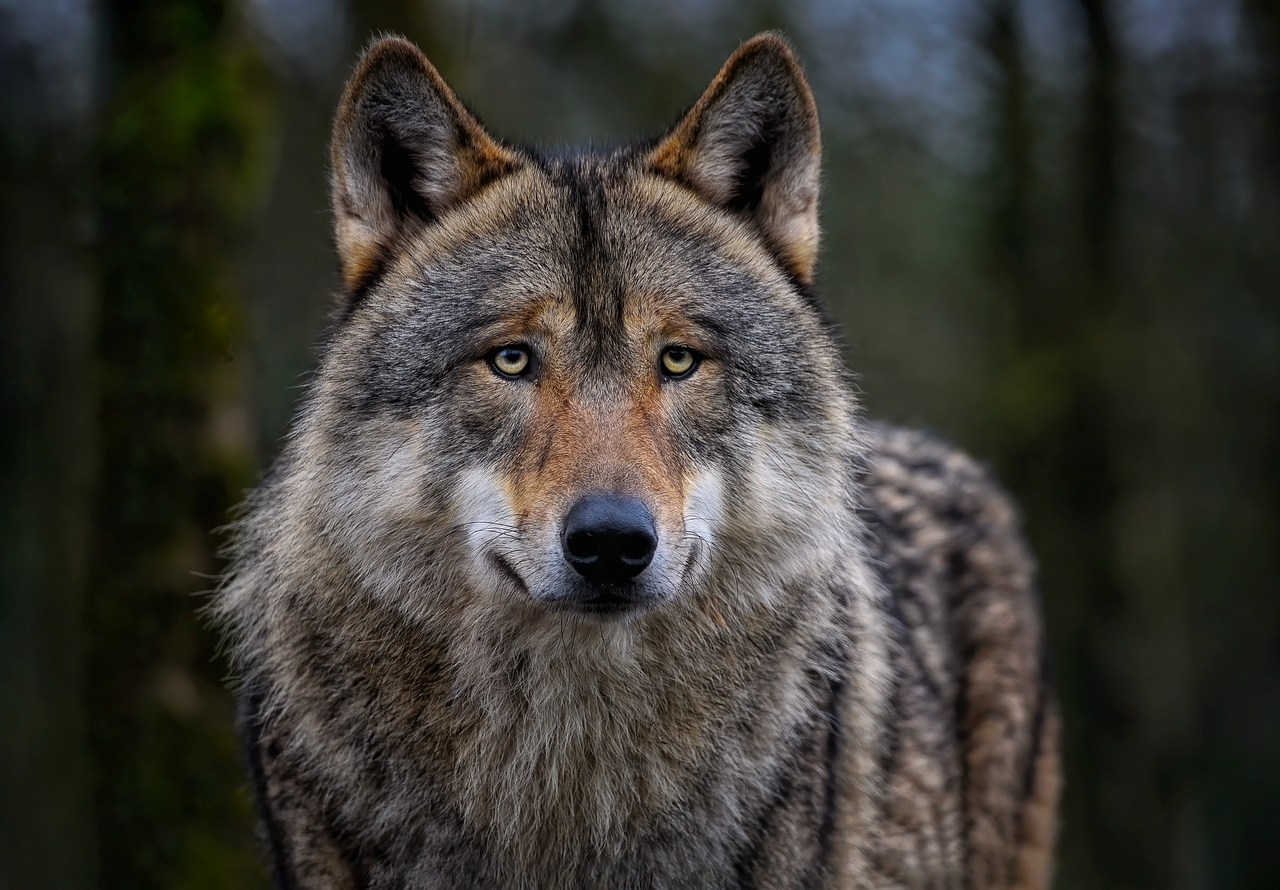“But where do you get your protein?”
It’s a question that many people ask of those who are on a plant-based diet. And while these questions might come from good intentions, these assumptions are just plain wrong and misinformed.
For starters, while marketers and food companies try to make you think that more is better, some doctors warn that most people actually eat too much protein.[i] And eating too much protein can raise serious concerns, like kidney disease, constipation, weight gain and even bad breath.[ii]
Second, with so many delicious protein-dense vegan ingredients out there that you can choose from, we can finally throw out the stereotype that you need animal proteins to get your fill.
Whether you’re following a completely plant-based approach to life, or you’re looking for healthier options to your current protein choices, unlock your true health potential with these 15 carefully curated foods.
You Need Less Protein Than You Think.
In general, you want 40% of your daily calories to come from carbohydrates, 30% to come from protein and 30% from fat.[iii] This ratio helps you to lose weight, gain less fat, stabilize your blood sugar and reduce your risks of diseases like diabetes.
If you're on a 2,000-calorie meal plan, that means you'll want approximately 150 grams of protein per day.[iv] Of course, variables that may increase or decrease your protein needs include pregnancy, level of exercise, etc.

Regardless of your final numbers, consider incorporating more healthy plant-based proteins into your lifestyle. The following 15 foods don’t just satisfy your baseline protein requirements, but they pack in a range of antioxidants and nutrients to boost your overall health.
Fifteen Insanely Healthy Vegan Proteins
1. Lentils
A single cup of lentils nets you 18 grams of protein.[v] When it comes to legumes, lentils have the highest amount of protein per calorie with the exception of soybeans.[vi] This makes lentils the top soy-free protein in the legume world.
A cup of lentils also nets you more than 15 grams of fiber.[vii] According to the National Fiber Council, a healthy adult should get at least 32 grams of fiber. Unfortunately, only 10% of adults hit this mark and most people don't even get 10 grams of fiber. Enjoy a cup of lentils today, and not only do you get a lot of healthy protein, but you’re also halfway there to getting your daily fiber requirements.
Research also suggests that eating protein-rich lentils regularly could reduce your risks of cancer, lower your blood sugar levels and help you maintain a healthy blood pressure.[viii]
2. Beans
Some people confuse lentils as a bean,[ix] but beans are actually a different set of plants altogether.
Garbanzo beans: Also known as chickpeas, 1 cup gets you 14.5 grams of protein and 12.5 grams of fiber.[x] This fiber is 75% insoluble, meaning it works as a powerful probiotic to feed the beneficial bacteria in your body and keep your gut (and digestive system) healthy.[xi] Researchers report that garbanzo beans have also been shown to minimize junk food cravings and reduce your appetite.[xii]
Red or white kidney beans: This is the bean that adds heft to your favorite vegetarian chili stews. A cup of cooked kidney beans delivers 15.3 grams of protein and 11.3 grams of fiber.[xiii] They also give you nearly a quarter of your day’s iron requirements.[xiv] Men and women both need iron for improved metabolism, more energy and healthy, oxygen-rich blood cells. [xv]
Pinto beans: A cup of pinto beans nets you 15.4 grams of protein and 15.4 grams of fiber.[xvi] Pinto beans, unlike many other beans, have a much creamier texture, making them perfect for dips or mashed and mixed with quinoa or brown rice. Pintos also have 285% of your daily needs of molybdenum. This trace mineral helps detoxify your body from sulfites, which is a preservative found in many processed and prepared foods, as well as beverages like red wine.[xvii]
Lima beans: 1 cup of lima beans offers nearly 15 grams of protein, plus more than 13 grams of fiber. Lima beans are also rich in folate, thiamin and vitamin B6.[xviii]
3. Hemp
Hemp is related to marijuana. While it won’t get you high, it will get you high amounts of inflammation-reducing[xix] protein. In just one ounce you’ll find 10 grams of easy-to-digest protein.[xx] In research published in the Journal of Agricultural and Food Chemistry, scientists report found that hemp’s protein digestibility score was equal to or better than nuts, grains and many beans.[xxi]
And while the importance of eating “complete proteins” has been debunked so long as you eat a healthy, varied plant-based diet, hemp does contain all 20 amino acids that make it a so-called complete protein.[xxii]
You can typically by hemp as a hemp seed or a hemp heart. Hemp hearts are easier to digest and have more protein per gram.[xxiii]
4. Quinoa
While there’s nothing wrong with rice and other more common grain-based side dishes, quinoa and amaranth pack a much more protein-rich punch and go well with your favorite main dishes.
A cup of cooked quinoa gives you 8.2 grams of protein and 5.1 grams of fiber.[xxiv] Researchers call it a “complete food” because it doesn’t just have protein, but also a wide range of other vitamins, minerals and antioxidants.[xxv]
A serving of quinoa also have nearly 4 grams of healthy fats,[xxvi] making it one of the few grains that are high in both protein and good fat. The fat in quinoa is both oleic acid, which is a heart-healthy monounsaturated fat, and alpha-linolenic acid, which is a form of omega-3. [xxvii]
5. Amaranth
Similar to quinoa, a cup of amaranth nets you 9.3 grams of plant-based protein and 5.2 grams of fiber, plus nearly 4 grams of fat.[xxviii] Like quinoa, it’s an ancient grain that is now in vogue.[xxix]
It has 105% of your daily needs of manganese,[xxx] a mineral that helps keep your skin looking young, prevents osteoporosis and boosts your metabolism.[xxxi] The compounds in amaranth, including its healthy fats, have been linked to a reduced risk of cancer and lower blood pressure.[xxxii]
6. Nuts
Rounding out the protein list are nuts. They’re the perfect segue between our lists of top protein sources and our list of top healthy fat sources because nuts have both!
Black walnuts: 1 cup nets just over 30 grams of protein.[xxxiii]
Sesame seeds: 1 cup offers 25.5 grams of protein.[xxxiv]
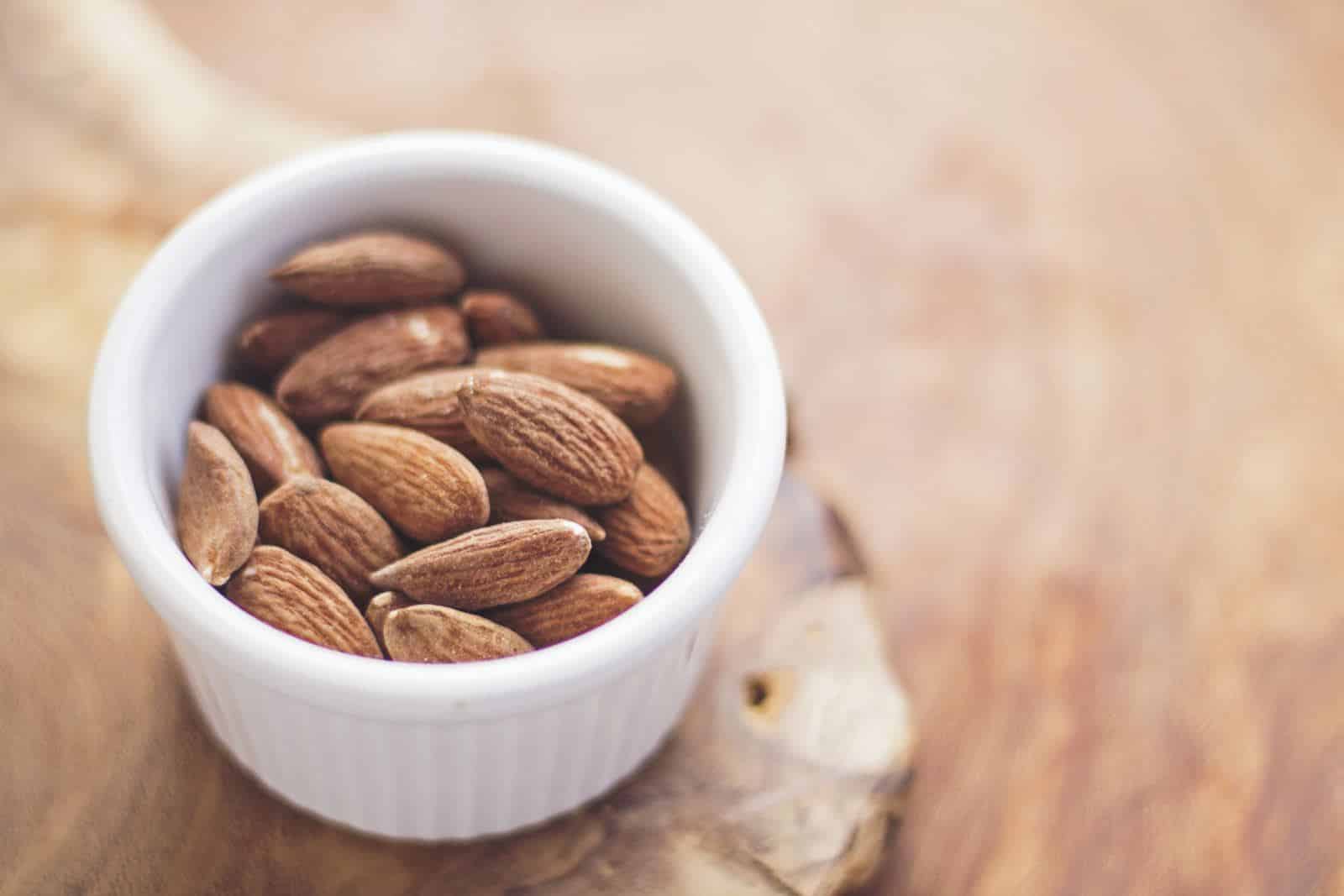
Pistachios: 1 cup gives you a little more than 25 grams of protein.[xxxv]
Cashews: 1 cup nets you exactly 21 grams of protein.[xxxvi]
Almonds: 1 cup gives you just over 20 grams of protein.[xxxvii]
Hazelnuts: 1 cup provides more than 17 grams of protein.[xxxviii]
Macadamias: They’re not just a Hawaiian treat. A cup offers almost 11 grams of protein.[xxxix]
Pecans: 1 cup of these nuts gets you 10 grams of protein.[xl]
Sunflower seeds: 1 cup provides 9.6 grams of protein.[xli]
7. Pumpkin Seeds
A single 1-ounce serving of pumpkin seeds nets you an incredible 7 grams of protein.[xlii]
Plus, you'll get a healthy dose of vitamin K, and minerals like magnesium and manganese. Studies have shown that pumpkin seeds may reduce your risks of cancer,[xliii] lower your cholesterol and improve your cardiovascular health,[xliv] and even stabilize your blood sugar levels.[xlv]
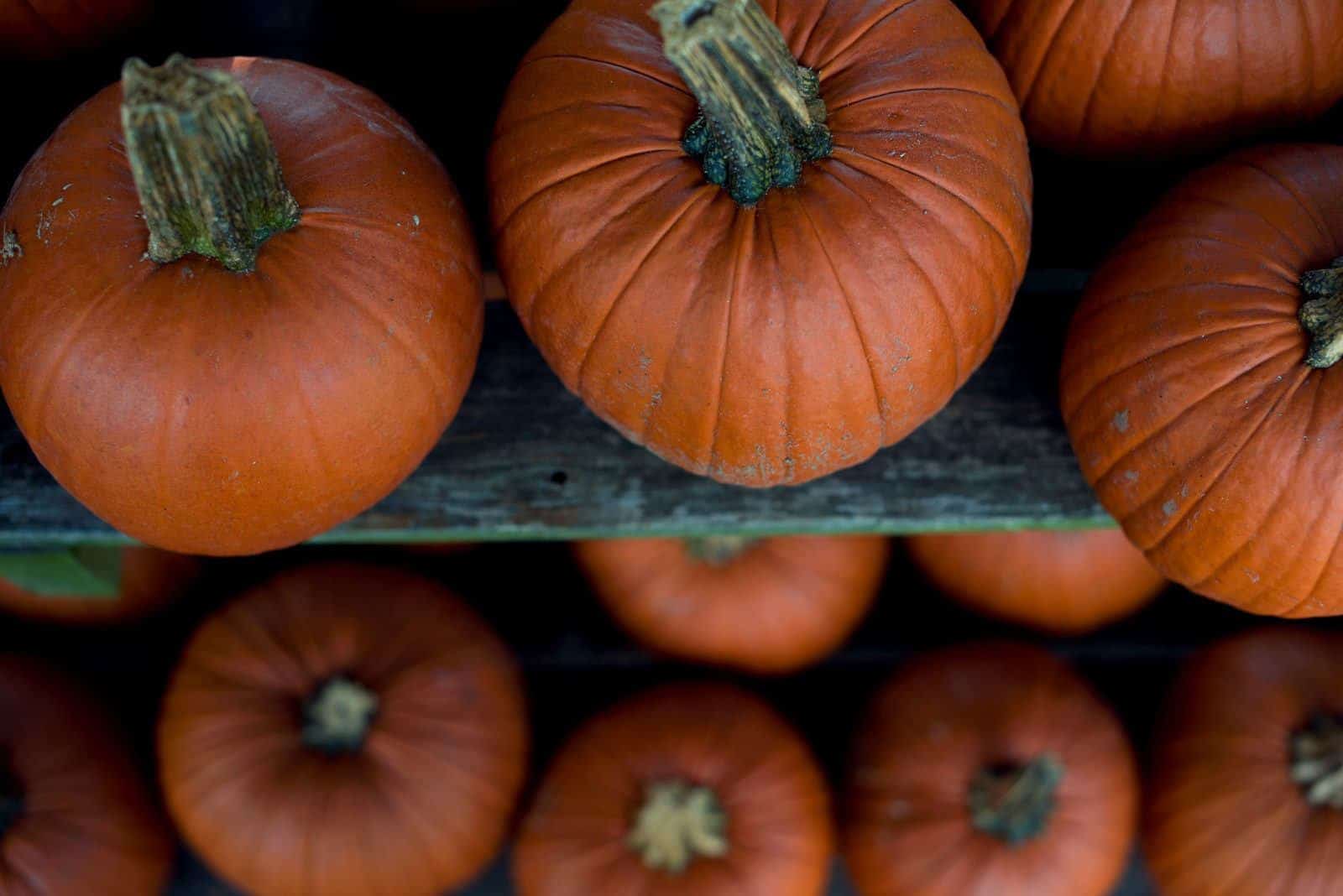
8. Peanut Butter
A couple of tablespoons of peanut butter smeared on your favorite toast or dolloped onto your favorite fruit gets you 8 grams of plant-based protein.[xlvi] Peanut butter doesn't just satisfy your protein cravings, but it research shows it may also lower your heart disease risks, keep you from getting hungry, and contains important nutrients like vitamin E and zinc that boost your body's ability to rebuild and repair.[xlvii]
9. Tahini
A tablespoon of this paste made from roasted sesame seeds contains nearly 3 grams of protein.[xlviii] You can enjoy this sesame seed paste on its own as a dip, or as a flavorful add-on in foods like hummus. Besides being a tasty and protein-rich condiment, it also contains plant-based compounds that help your liver to flush out toxins in your body.[xlix]
10. Flax Seeds
You can either enjoy flax seeds whole or ground up into a nutty, gritty mixture. A tablespoon of either whole or ground flax gives you 3 grams of healthy fats and 2 grams of protein.[l] According to researchers, flax protein isn’t just “high quality” but also easily digestible,[li] which is key if you want to maximize your nutrition.
11. Oats
Whether you’re starting your day with oatmeal cereal or ending your day with a low-sugar oat cookie, oats are a protein powerhouse.[lii] Just 1/2 cup of oats contains 13 grams of protein. Plus, you'll get nearly two days' worth of manganese. Manganese is a powerful antioxidant that helps with your metabolism, bone strength, wound healing and nutrient absorption.[liii] Plus, oats are very high in fiber which can help control your appetite, boost your gut health and reduce blood sugar.
12. Chia Seeds
In just one ounce of chia seeds, you’ll find 4 grams of protein and almost 11 grams of fiber. [liv]
If you measure chia seed protein content by weight, it comes in at 14% protein, which is higher than many other plant-based sources of protein. According to multiple analyses, the protein in chia seeds contains a wide range of high-quality amino acids to help aid in digestion and absorption.[lv][lvi]
13. Peas
A 1/2 cup of peas offers 4 grams of protein.[lvii] Peas may taste sweet, but they're low on the glycemic index, meaning they can sweeten your meal without impacting your blood sugar as much as some other foods. Plus, the protein in peas is easy to digest and can help to keep you feeling full longer.[lviii]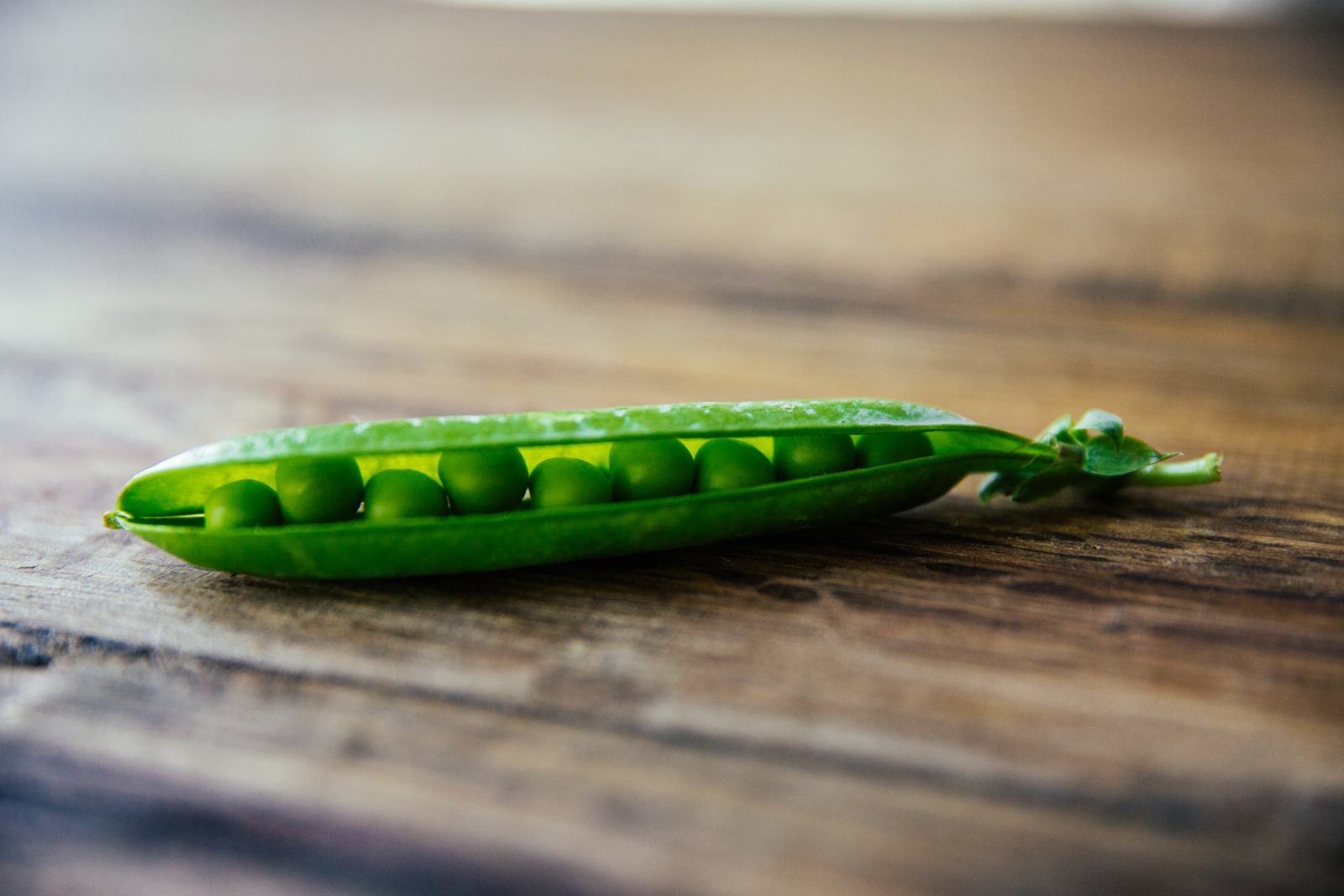
You can also buy vegan protein shakes made with pea protein powder. Of all the plant-based protein powders on the market, pea powder is one of the most hypoallergenic options available, which makes it uniquely suited for those with many food allergies.[lix]
14. Spinach
Spinach is very low in calories (1 cup has only 7 calories) but high in protein, with a cup of this leafy green netting you a gram of protein.[lx] Eating more spinach has been shown to protect your eye health, improve blood pressure, reduce risks of some forms of cancer and protect against aging.[lxi] Enjoy it fresh in a salad, or steamed in a savory dish. Avoid boiling the spinach, as boiling it can cause it to leech and lose essential nutrients.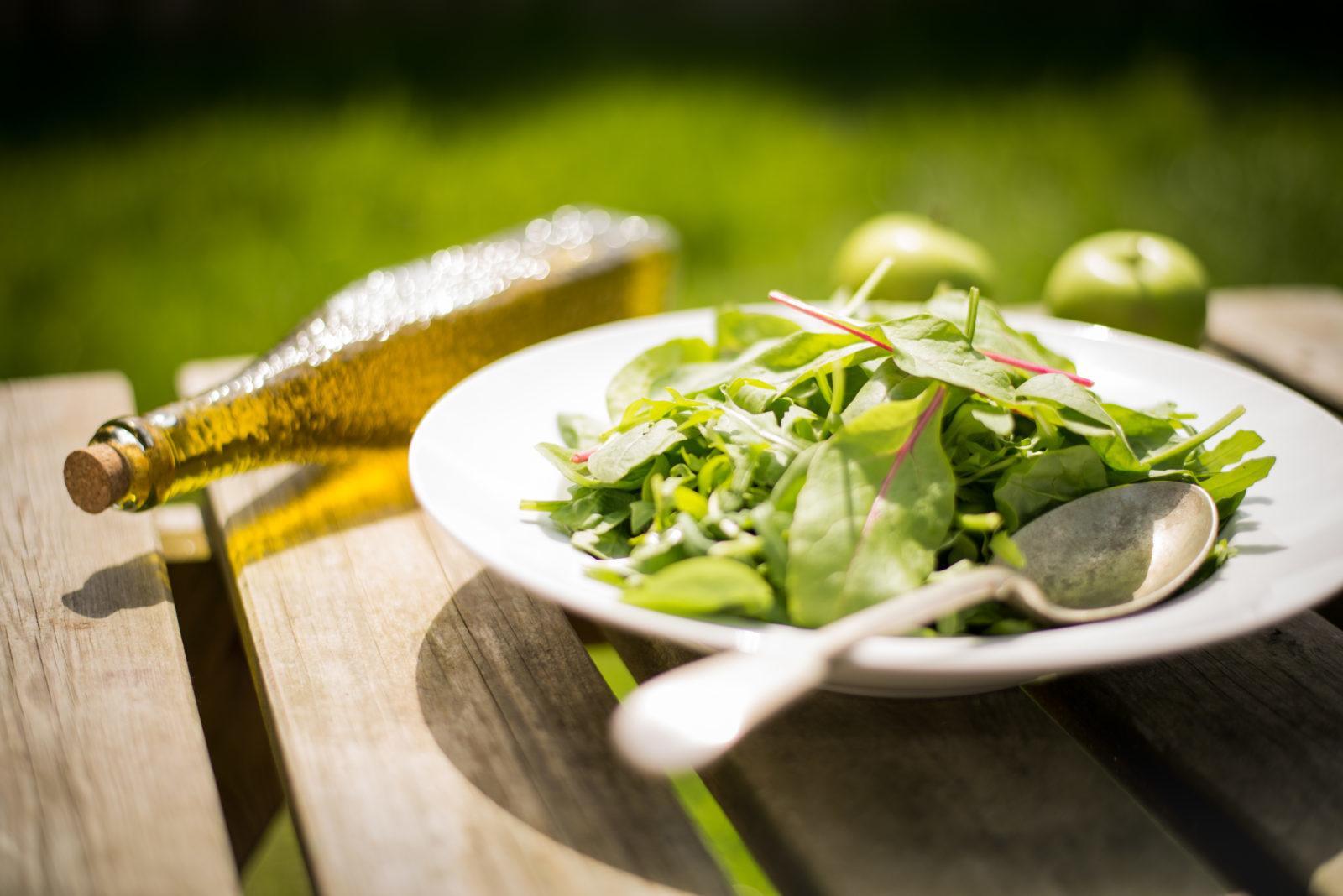
15. Potatoes
One large boiled potato only gives you a little more than 5 grams of protein.[lxii] Interestingly enough, while potatoes aren't the best source of protein in terms of protein per total weight, studies have found that potato protein is actually higher in quality than many other plant-based proteins.[lxiii] Some evidence also suggests potatoes can positively influence your heart health.[lxiv]
Try Plant-Based Protein Today
As you can see, there are many healthy plant-based proteins to fit your lifestyle and your palate. Adding an array of these foods to your day can reinvigorate your meals while also helping you to effortlessly hit your protein goals.
[i] http://www.pcrm.org/health/diets/vsk/vegetarian-starter-kit-protein
[ii] https://www.mayo.edu/healthy-lifestyle/nutrition-and-healthy-eating/expert-answers/high-protein-diets/faq-20058207
[iii] http://www.joslin.harvard.edu/info/diet_and_diabetes_a_personalized_approach.html
[iv] https://www.freedieting.com/tools/nutrient_calculator.htm
[v] http://nutritiondata.self.com/facts/legumes-and-legume-products/4338/2
[vi] https://www.healthaliciousness.com/articles/beans-legumes-highest-protein.php
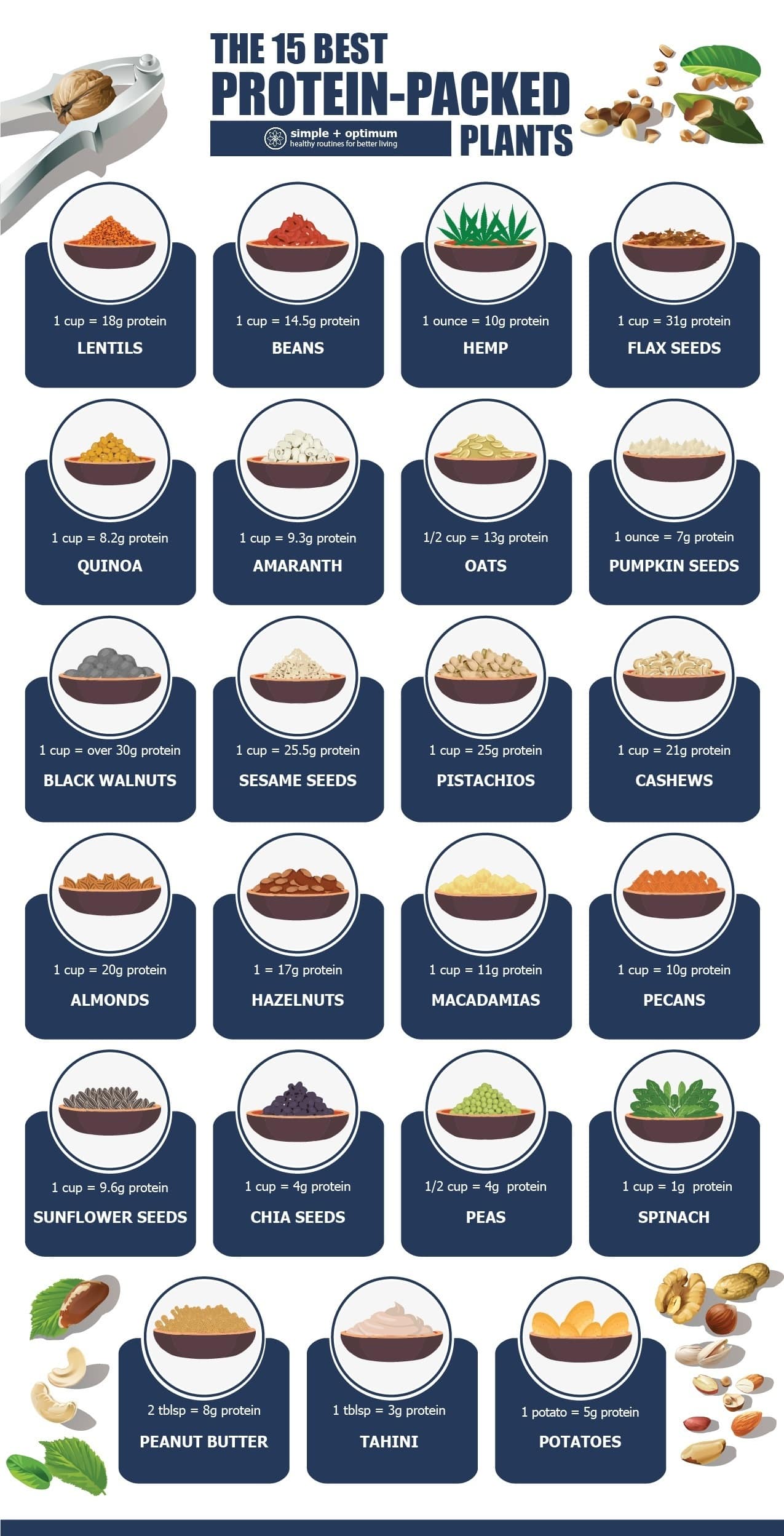
[vii] http://nutritiondata.self.com/facts/legumes-and-legume-products/4338/2
[viii] https://link.springer.com/article/10.1007/s12349-012-0109-8
[ix] http://www.lentils.org/about-lentils/
[x] http://nutritiondata.self.com/facts/legumes-and-legume-products/4326/2
[xi] http://www.whfoods.com/genpage.php?tname=foodspice&dbid=58
[xii] https://www.naturalhealth365.com/0979_chickpeas_blood_sugar.html/
[xiii] http://nutritiondata.self.com/facts/legumes-and-legume-products/4297/2
[xiv] http://www.whfoods.com/genpage.php?tname=foodspice&dbid=87
[xv] http://www.whfoods.com/genpage.php?tname=foodspice&dbid=87
[xvi] http://nutritiondata.self.com/facts/legumes-and-legume-products/4430/2
[xvii] http://www.whfoods.com/genpage.php?tname=foodspice&dbid=89
[xviii] http://nutritiondata.self.com/facts/legumes-and-legume-products/4340/2
[xix] https://www.ncbi.nlm.nih.gov/pubmed/19842026
[xx] http://nutritiondata.self.com/facts/custom/1352377/1
[xxi] https://www.ncbi.nlm.nih.gov/pubmed/20977230
[xxii] http://www.hempseed.ca/high-protein-food/
[xxiii] http://www.alive.com/health/hemp-101/
[xxiv] http://nutritiondata.self.com/facts/cereal-grains-and-pasta/10352/2
[xxv] https://www.ncbi.nlm.nih.gov/pubmed/19878856
[xxvi] http://nutritiondata.self.com/facts/cereal-grains-and-pasta/10352/2
[xxvii] http://www.whfoods.com/genpage.php?tname=foodspice&dbid=142
[xxviii] http://nutritiondata.self.com/facts/cereal-grains-and-pasta/10640/2
[xxix] http://whfoods.org/genpage.php?tname=dailytip&dbid=231
[xxx] http://foodfacts.mercola.com/amaranth.html
[xxxi] http://lpi.oregonstate.edu/mic/minerals/manganese
[xxxii] http://foodfacts.mercola.com/amaranth.html
[xxxiii] http://nutritiondata.self.com/facts/nut-and-seed-products/3137/2
[xxxiv] http://nutritiondata.self.com/facts/nut-and-seed-products/3070/2
[xxxv] http://nutritiondata.self.com/facts/nut-and-seed-products/3135/2
[xxxvi] http://nutritiondata.self.com/facts/nut-and-seed-products/3093/2
[xxxvii] http://nutritiondata.self.com/facts/nut-and-seed-products/3085/2
[xxxviii] http://nutritiondata.self.com/facts/nut-and-seed-products/3116/2
[xxxix] http://nutritiondata.self.com/facts/nut-and-seed-products/3123/2
[xl] http://nutritiondata.self.com/facts/nut-and-seed-products/3129/2
[xli] http://nutritiondata.self.com/facts/nut-and-seed-products/3076/2
[xlii] https://www.healthline.com/nutrition/11-benefits-of-pumpkin-seeds
[xliii] http://www.sciencedirect.com/science/article/pii/S0963996909000453
[xliv] https://www.ncbi.nlm.nih.gov/pubmed/21545273
[xlv] https://www.ncbi.nlm.nih.gov/pubmed/21106396
[xlvi] http://nutritiondata.self.com/facts/legumes-and-legume-products/4366/2
[xlvii] https://www.bodybuilding.com/fun/other31.htm
[xlviii] http://nutritiondata.self.com/facts/nut-and-seed-products/3142/2
[xlix] https://www.mindbodygreen.com/0-6997/10-Reasons-to-Eat-Tahini.html
[l] http://nutritiondata.self.com/facts/nut-and-seed-products/3163/2
[li] https://www.ncbi.nlm.nih.gov/pubmed/21390942
[lii] https://www.healthline.com/nutrition/9-benefits-oats-oatmeal
[liii] http://lpi.oregonstate.edu/mic/minerals/manganese
[liv] http://nutritiondata.self.com/facts/nut-and-seed-products/3061/2
[lv] http://journals.sagepub.com/doi/abs/10.1177/1082013209353087
[lvi] http://pubs.acs.org/doi/abs/10.1021/jf3034978
[lvii] http://nutritiondata.self.com/facts/vegetables-and-vegetable-products/2526/2
[lviii] https://www.healthline.com/nutrition/green-peas-are-healthy
[lix] https://draxe.com/pea-protein/
[lx] https://www.livescience.com/51324-spinach-nutrition.html
[lxi] https://www.healthline.com/nutrition/foods/spinach
[lxii] http://nutritiondata.self.com/facts/vegetables-and-vegetable-products/2558/2
[lxiii] https://www.ncbi.nlm.nih.gov/pubmed/19960391
[lxiv] https://www.healthline.com/nutrition/foods/potatoes
[lxv] http://nutritiondata.self.com/facts/baked-products/4876/2

